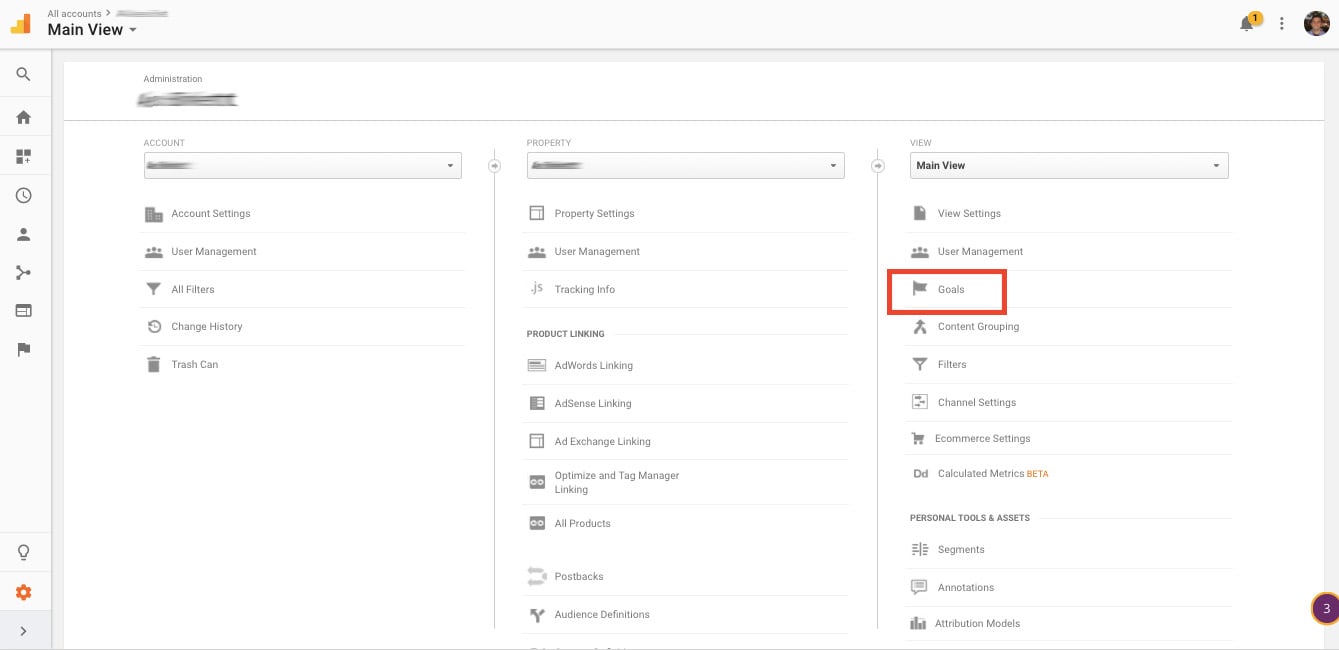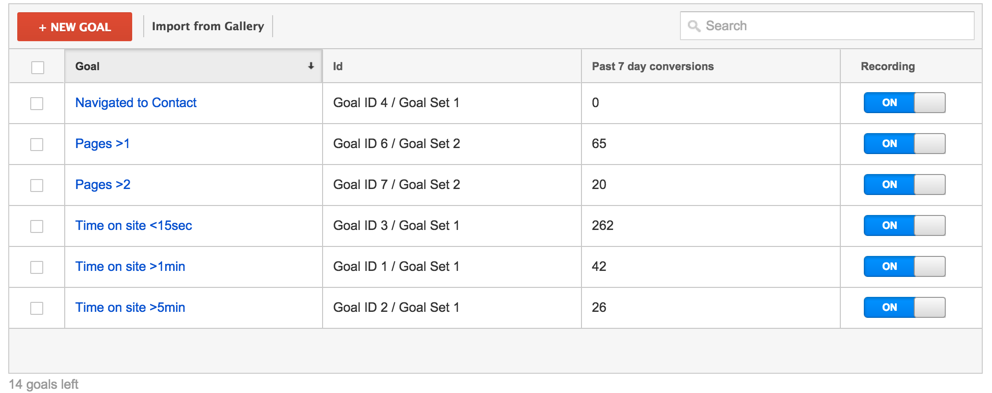Demystifying Google Analytics Limitations: Reveal What Information Goals Can not Track
In the realm of electronic analytics, Google Analytics stands as a powerful tool that supplies beneficial understandings right into site performance and user behavior. Nonetheless, amidst its capabilities, there exist limitations that commonly go undetected. Comprehending what Google Analytics can not track is important for a thorough grasp of data interpretation and decision-making processes. From the details of user communication with vibrant material to the intricacies of cross-device user journeys, these restrictions dropped light on areas that may continue to be obscured from traditional analytics viewpoints. By untangling these constraints, a more clear picture emerges, permitting even more enlightened techniques and refined insights right into user involvement and conversions.

Individual Communication With Dynamic Web Content
User interaction with vibrant web content plays an important duty in recognizing user behavior on sites and enhancing the general individual experience. By tracking user interactions with vibrant content, internet site owners can gain valuable understandings right into individual engagement, choices, and behaviors - what data is google analytics goals unable to track.
Google Analytics provides various devices to track user communications with vibrant web content, such as event tracking and digital pageviews. Event tracking allows you to check certain individual activities, like clicking a switch or watching a video clip, giving data on just how customers communicate with dynamic components.
Cross-Device Individual Journeys
How can modern analytics tools track the complicated paths users take across several tools in their on-line trips? Cross-device individual trips present a significant challenge for monitoring and evaluating customer behavior accurately. As customers interact with applications or internet sites utilizing various tools such as desktop computers, tablet computers, and mobile phones, it comes to be crucial to comprehend how they move in between these platforms to optimize user experience effectively.
Google Analytics encounters constraints in tracking cross-device customer journeys as a result of personal privacy issues and technological restrictions - what data is google analytics goals unable to track. While it can supply understandings right into private devices' interactions, tracking a seamless customer trip throughout several devices continues to be a challenge. This constraint can lead to insufficient information and fragmented individual understandings, making it hard for organizations to create a unified sight of the customer trip
To address this concern, services can utilize sophisticated analytics tools that provide cross-device tracking capabilities, allowing them to obtain an extra alternative understanding of customer habits. By leveraging these devices, companies can link the space in tracking cross-device user trips and enhance their digital approaches for a smooth customer experience.
Offline Conversions and Acknowledgment
As services browse the obstacles of tracking cross-device user journeys, another pivotal facet to take into consideration is the world of offline conversions and attribution in the world of data analytics. While Google Analytics supplies beneficial understandings right into on the internet individual behavior, it falls short when it involves tracking conversions that happen offline. This restriction poses a significant difficulty for businesses that have both online and offline sales networks.
Offline conversions, such as purchases made in physical shops or with call facilities, are essential to recognizing the full consumer trip. Without the ability to associate these offline conversions to certain on-line interactions, businesses look here may struggle to properly gauge the influence of their digital advertising efforts.
To address this space, organizations can discover alternate solutions such as integrating CRM systems with on-line analytics tools or using one-of-a-kind discount codes that can be mapped back to on-line campaigns. By connecting the void between online and offline information, businesses can gain a more thorough understanding of their clients' behavior and enhance their overall advertising approaches.
Person User Identification
In the he has a good point realm of information analytics, the capability to accurately determine private users throughout various on the internet touchpoints is an important challenge for services looking for to personalize and optimize their advertising techniques. While Google Analytics offers beneficial insights into user actions and communications, it falls short in allowing the recognition of specific individuals as a result of privacy issues and technical limitations. Google Analytics makes use of special identifiers such as cookies to track customer sessions and actions, however these do not correspond to determining individual customers in an individual sense.

Information From Secure Pages
Despite the enhancing occurrence of safe and secure pages on websites, acquiring data from these encrypted sources offers a special obstacle for electronic analytics systems like Google Analytics. Secure web pages, indicated by HTTPS in the link, encrypt data exchanged between the customer's web browser and the site's web my site server to make sure privacy and protection. While this file encryption is essential for securing sensitive details, it likewise presents limitations for tracking customer actions and gathering analytics data.
Google Analytics encounters challenges in collecting detailed details from protected pages due to the security protocols in area. As an outcome, specific data factors such as recommendation resources, keyword searches, and also some customer communications might not be fully caught when individuals access a website through a secure link. This restriction can affect the accuracy and completeness of the information analysis, causing gaps in comprehending user actions and preferences on protected web pages.
To navigate this obstacle, digital experts may need to discover alternate monitoring approaches or take advantage of other devices specifically made to collect insights from secure web pages. By adapting strategies to suit these restrictions, businesses can still obtain beneficial analytics regardless of the constraints offered by encrypted connections.
Final Thought
In final thought, Google Analytics has constraints in tracking customer communication with dynamic material, cross-device customer journeys, offline conversions, private customer recognition, and data from safe pages. In spite of its valuable understandings, Google Analytics may not offer a full picture of customer interaction across numerous touchpoints.
Customer communication with vibrant web content plays a vital role in recognizing user habits on sites and enhancing the general individual experience. By tracking individual interactions with vibrant web content, website owners can acquire beneficial understandings right into individual interaction, preferences, and habits.
Google Analytics makes use of unique identifiers such as cookies to track customer sessions and actions, however these do not relate to recognizing private customers in a personal feeling.
As an outcome, certain data points such as referral sources, keyword searches, and also some individual communications may not be fully recorded when individuals access a website via a secure connection.In conclusion, Google Analytics has constraints in tracking customer communication with vibrant content, cross-device user journeys, offline conversions, individual customer identification, and information from secure pages.